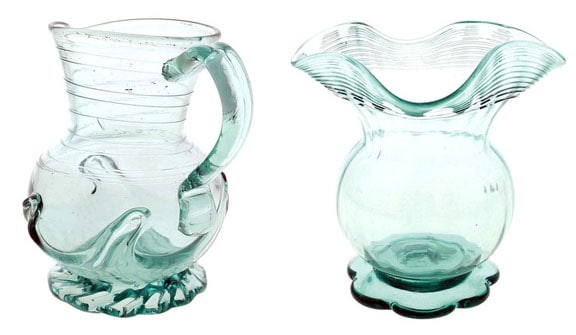 Christmas Comes Early for some wise glass collector with 2 great pieces of Early American Glass
Christmas Comes Early for some wise glass collector with 2 great pieces of Early American Glass
Someone is seeing Santa a little early with a steal in Glass Works Auctions “Christmas Comes Early” auction which ended on Monday, 07 December 2011. In particular, I am talking about two (2) lots that were snagged for a song. Only ONE (1) bid each for these two (2) spectacular Early American pieces. Probably the same smart person.
 Lot 359. Freeblown Lily Pad Pitcher, Mck. plate 6, $ & 6 (GW typo), probably Lancaster or Redford Glass Works, Western New York State, ca. 1835 – 1850, bluish aqua, squat globular body, 6 1/2″h, open pontil, applied double rib handle, crimped foot and neck threading, tooled rim with hand crimped pour spout, perfect condition. A classic early American Lily Pad pitcher! This pitcher and lot 360 were acquired from legendary antique dealer Peter Tillou. Ex. Crawford Wettlaufer Collection. 1 Bid – $3,000 Estimated: $7,000 – $9,000
Lot 359. Freeblown Lily Pad Pitcher, Mck. plate 6, $ & 6 (GW typo), probably Lancaster or Redford Glass Works, Western New York State, ca. 1835 – 1850, bluish aqua, squat globular body, 6 1/2″h, open pontil, applied double rib handle, crimped foot and neck threading, tooled rim with hand crimped pour spout, perfect condition. A classic early American Lily Pad pitcher! This pitcher and lot 360 were acquired from legendary antique dealer Peter Tillou. Ex. Crawford Wettlaufer Collection. 1 Bid – $3,000 Estimated: $7,000 – $9,000
Lot 360. Feeblown Rib Pattern Vase, possibly Lancaster or Redford Glass Works, Western New York State, ca. 1835 – 1850, bluish aqua, 20 vertical rib pattern, 7 1/8″h, applied scalloped base and tight neck threading, flared out rim. Perfect condition, even all the neck threading is intact! An important piece of early American glass, and in a form we have not see before! Ex. Crawford Wettlaufer Collection. 1 Bid – $5,000 Estimated: $9,000 – $12,000


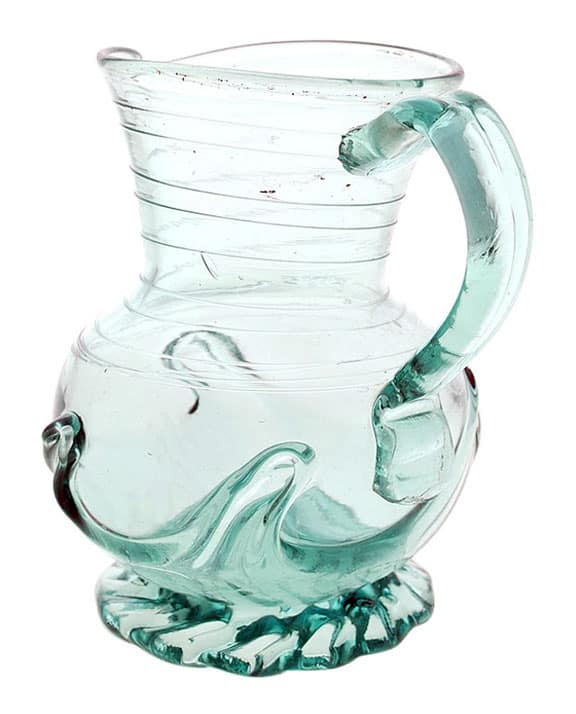
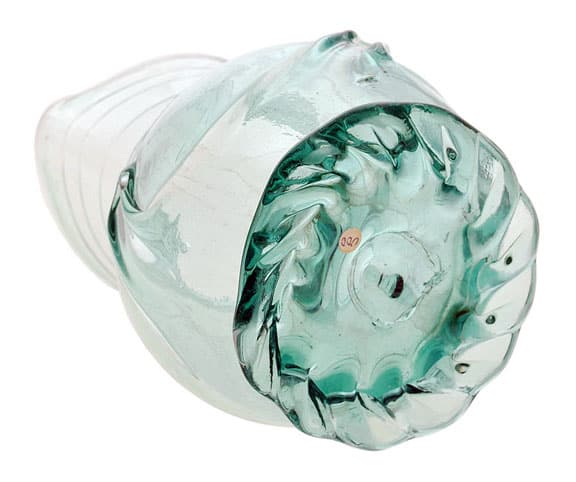
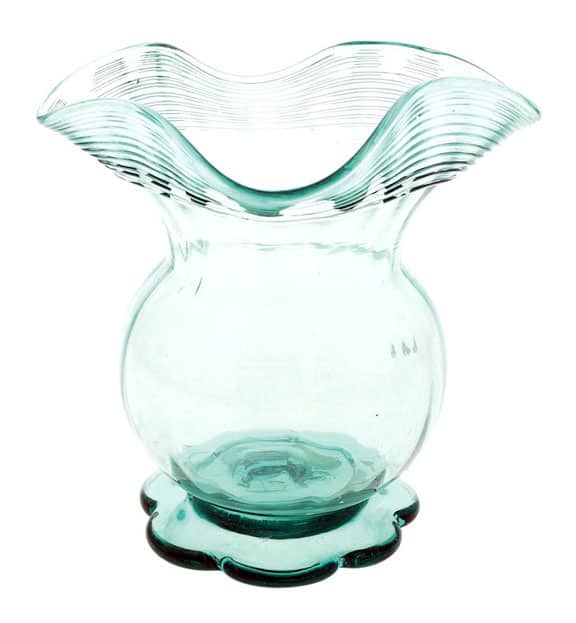
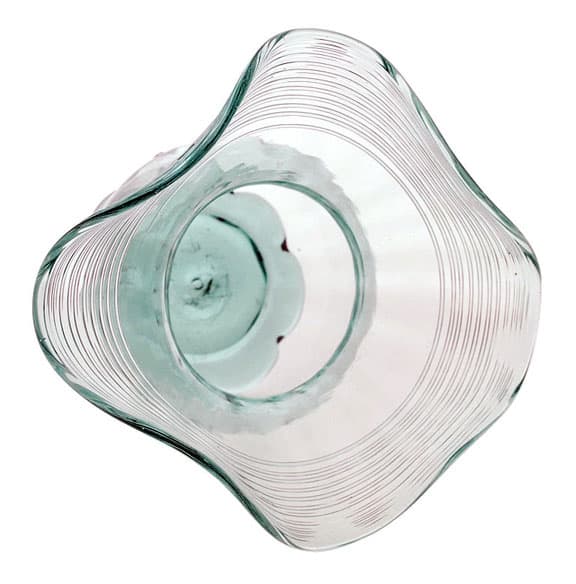
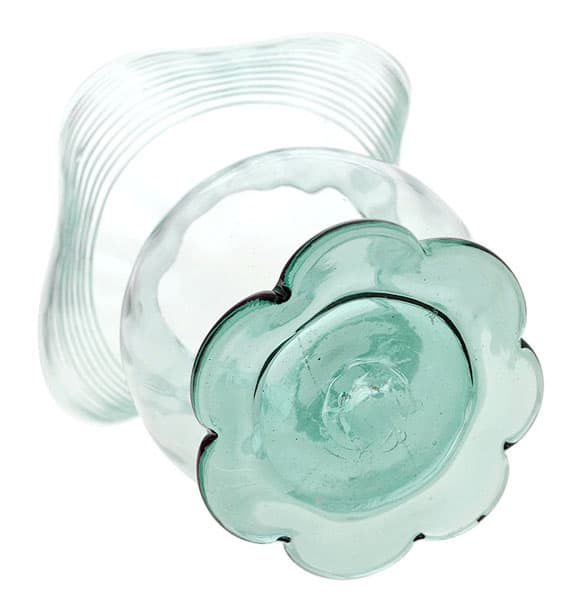






Ferdinand,
As I look at those pieces, they just do not appear to look old to me. When I was at Jamestown back in 1990, I watched those glassblowers make similar pieces that included a correctly looking pontil rod mark.
Warren: You would have to weigh in the comment “This pitcher and lot 360 were acquired from legendary antique dealer Peter Tillou. Ex. Crawford Wettlaufer Collection”. If that is true, I would suspect they are not later pieces.
“Steals” in Glassworks are few and far between! It is suspected that the pitcher could be a 20th century piece (Clevenger Bros). My guess is that it would have ended much higher if it was believed (by all) to be a period piece. I could be wrong, but that is my assessment. Good collectors have been fooled… even George McKearin bought a reproduction or two!